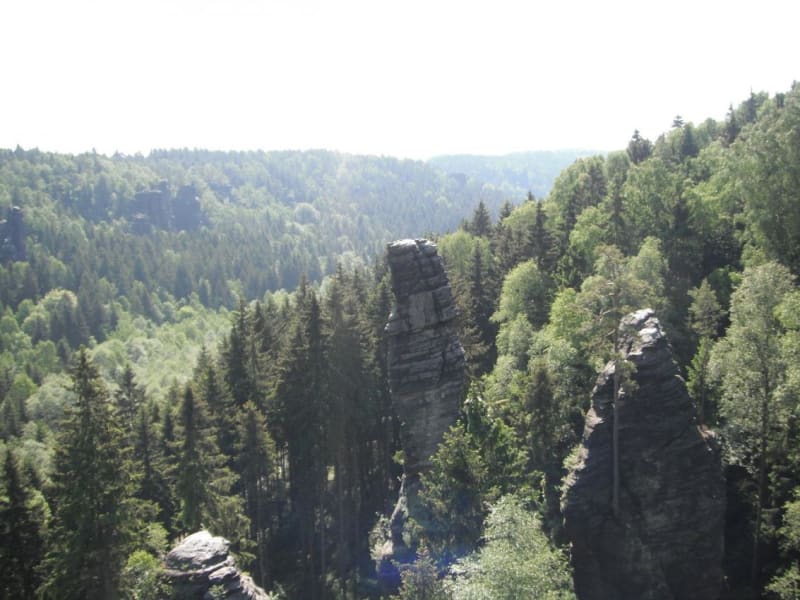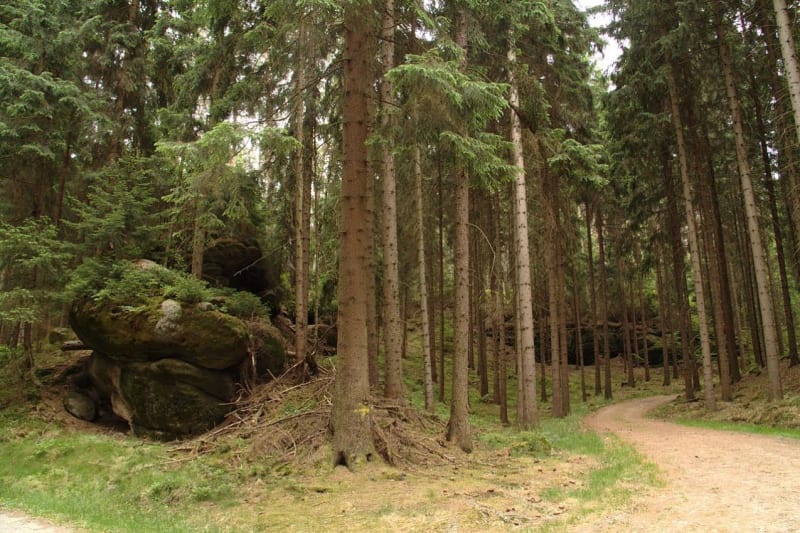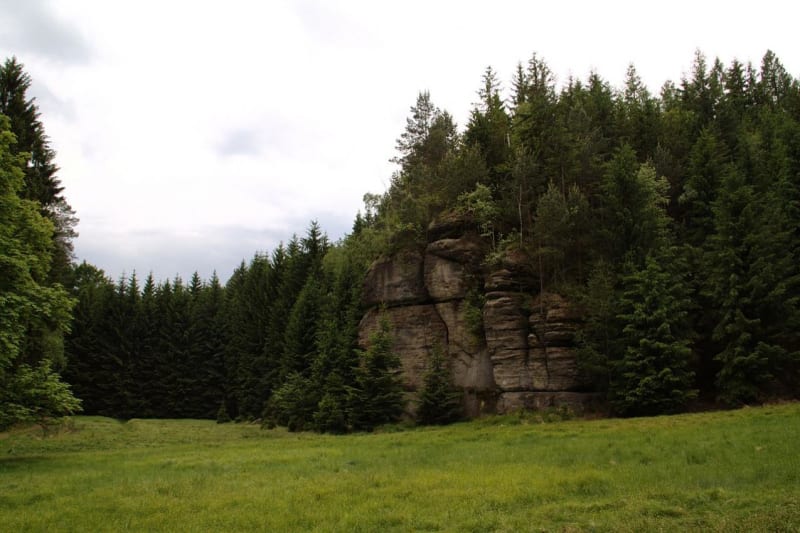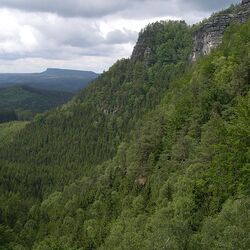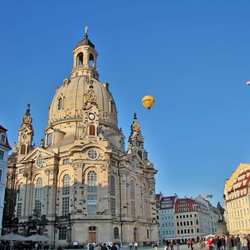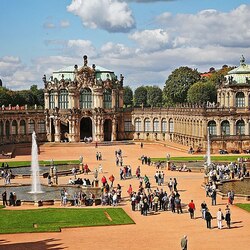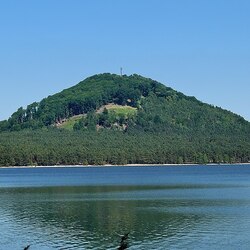Saxon Switzerland National Park
Saxon Switzerland is a national park in Germany, covering an area of 93 km2 in a wonderful mountainous landscape. The base of the national park was laid in 1956. The park received its current status after the unification of Germany. The park is adjacent to Czech Switzerland, located in the Czech Republic.
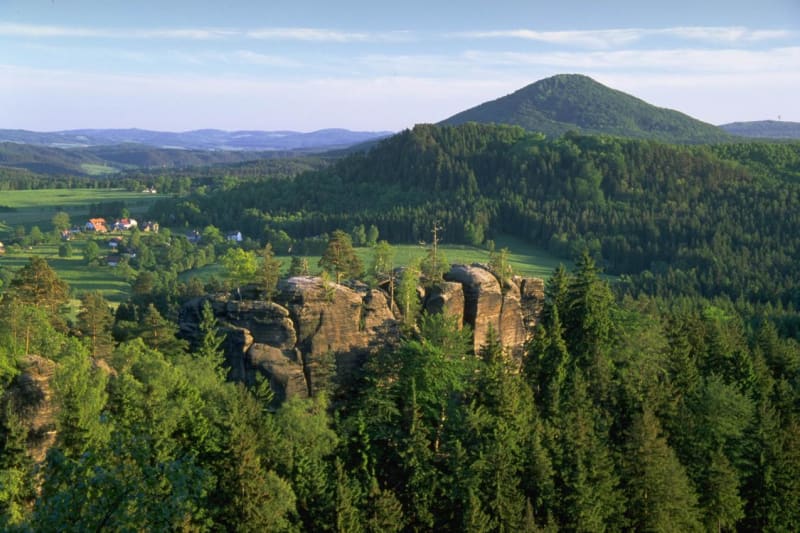
The first attempts to save Saxon Switzerland were made back in the 19th and 20th centuries, when the unique landscapes were threatened by the construction of sand pits, as well as new roads. In 1850, this small area finally gained the status of a nature protection zone, which the defenders of the Elbe Valley were glad of. A large number of actions to protect the area were carried out in subsequent years. In 1877, public organizations achieved a ban on the destruction of several rocks, including Basta. But it was not possible to completely defend the region from possible efforts to destroy the natural treasures of the region for the extraction of sandstone.
The most visited place in the park is the rocky Bastai massif, almost 200 meters high. On its ledges, park visitors can enjoy stunning views of the Table Mountains and the Elbe River. The first hotel was built here back in 1812, and since then the popularity of these places has only been gaining momentum. The stone bridge, built in the 20th century, and the famous "Artists' Trail", which was visited by many famous poets and painters, stand apart in the park.

Fauna of the Saxon Switzerland Park
The landscapes of Saxon Switzerland are caused by unusual piles of rocks, narrow valleys, table mountains and gorges. Saxon Switzerland is rich in rare animals and birds, such as dormice, otters, and owls. Most of the animals found shelter in the east of the park, which is adjacent to the Czech Republic. This part is rarely visited by tourists. It is often found in the park: owl, hawk, woodpecker, kingfisher, black stork, deer, marten, wild boar. Trout and salmon are found in the rivers.
Attractions of the Saxon Switzerland Park
The area of the park can be explored by boat or by boat. A particularly romantic trip will be on an old paddle steamer or an old tram to one of the waterfalls in Liechtenstein. In addition, there are other attractions: the Konigstein fortress, the theater located in the open sky in the city of Rathen, Flessersteig Castle, the "Postal Obelisk" in the city of Pirna, Neurathen fortress. You can feel the primitive charms of Saxon Switzerland on guided tours conducted by the guides of the national park or during an exciting kayak descent through the gorge.
There are an abundance of small rivers and mountain streams in this area. The main waterway is formed by the Elbe River. The mountains here are not particularly high, averaging 400-500 meters, but nevertheless many climbers have chosen them. But it is worth noting that it is forbidden to climb in rainy weather. Firstly, sandstone loses its strength after rain, which can destroy rocks, and secondly, due to the fragility of the rocks, climbing equipment mounted on sandstone walls becomes unreliable. It has a very warm and dry climate with an average annual temperature of 7.5 °C. Nevertheless, winters are cool here, and after heavy storms, snow can last up to a month. It is better to climb the rocks in May-September, at this time the weather is more constant.
It is forbidden to set up tents in the national park, whether it is possible beyond its boundaries in a rock, in a grotto, or in a cave. Local rock climbers call such overnight stays Bofe.
Koenigstein, located in the very middle of Saxon Switzerland, can be reached by car or by train from Dresden, where the international airport is located.

